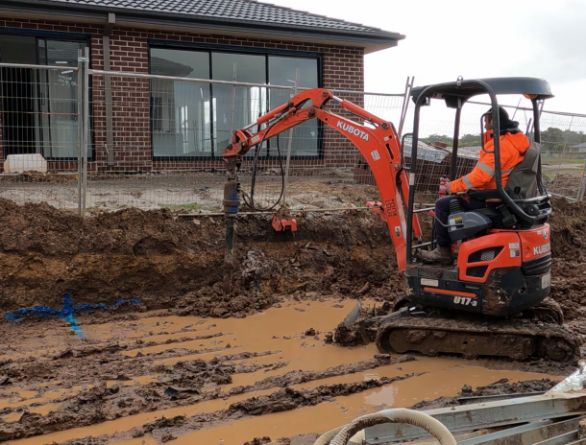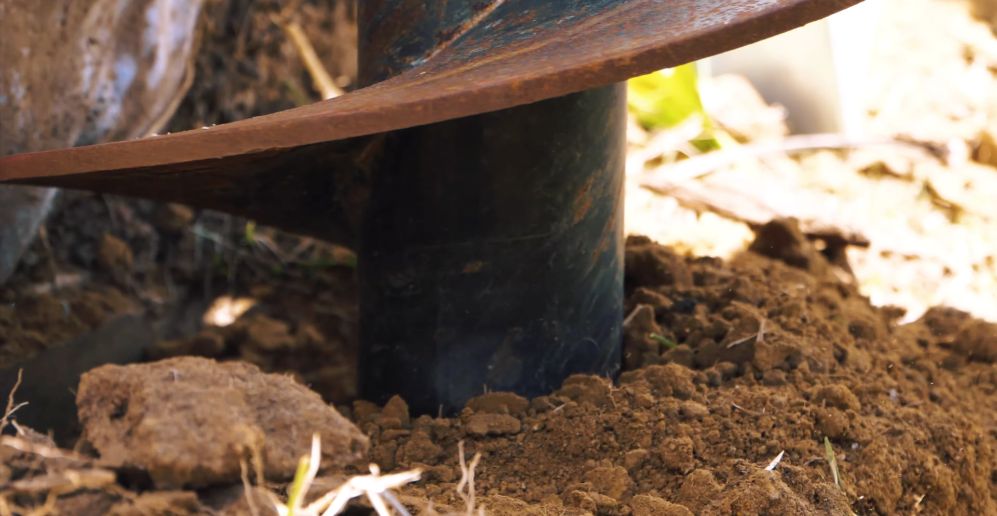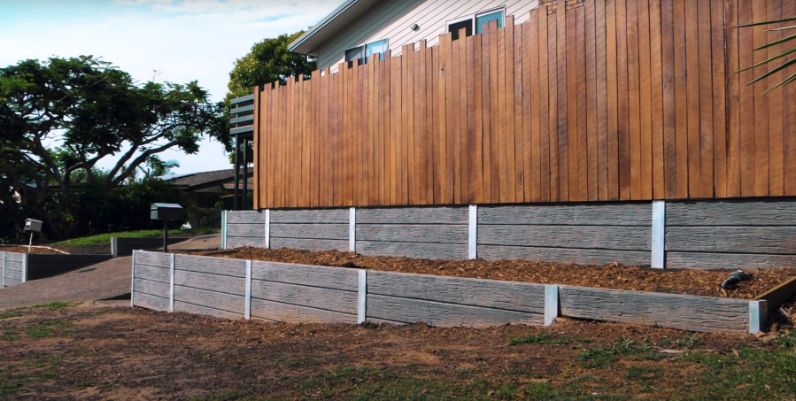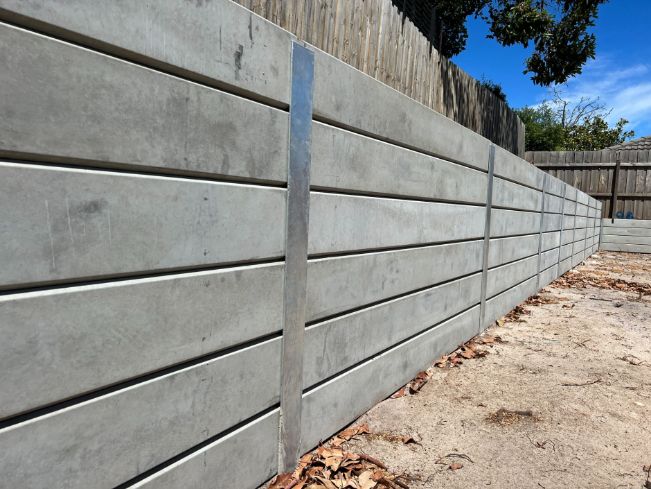The best type of retaining wall is a concrete sleeper retaining wall. The main reason for this is that concrete sleeper retaining walls can last for 50+ years while requiring little to no maintenance.
We recommend using concrete sleeper retaining walls because this type of material offers the most value in the long run.
In this post, we’ll share our knowledge on the best and worst retaining walls and what causes these structures to fail.
Why Concrete Sleepers for Retaining Walls?
Concrete sleeper retaining walls are strong and durable enough to support several metres of soil, allowing homeowners to build them higher for different uses. Many consider concrete sleeper walls to be the best material for retaining walls because they don’t compromise structural integrity for function.
Besides that, concrete sleepers are straightforward to install. They can be designed to serve almost any purpose, from protecting driveways to improving the landscaping of your property.
Concrete sleepers also have a very long lifespan since they don’t rot or warp over time.

What is the Worst Type of Retaining Wall?
The worst type of retaining wall is a timber retaining wall. The main reason why timber retaining walls are the worst type of retaining walls is that there are many factors that affect wood, such as fungus, wood rot, and hollowing. All of these aspects can significantly reduce their lifespan.
But even if timber doesn’t rot, it’s still possible for the material to warp and splinter as time goes by. Such changes can drastically affect the overall strength of wooden retaining walls as well as their reliability.

What Causes a Retaining Wall to Fail?
The main causes why a retaining wall would fail are:
Poor Drainage
High moisture content in the soil is one of the biggest reasons that cause retaining walls to fail. When water is left to sit at the base of the retaining wall, it causes the soil to expand and contract over time.
This heaving will destabilise the retaining wall’s foundations, resulting in issues later on.

Non-Engineered Loads
Another common reason a retaining wall fails is when it’s not engineered to handle unexpected loads.
For instance, adding a fence on top of a retaining wall not designed to support additional structures can weaken its structural integrity, particularly if the area is prone to high winds. Often in these cases your project would require a retaining wall permit.
Low-Quality Construction
Low-quality construction is also a prevalent cause for retaining walls to fail as the years go by. Subpar retaining walls are those that:
- Aren’t using galvanised steel H beams (causing the metal to degrade and rust over time)
- Don’t have deep enough holes or big enough concrete footing for upright supports
- Uses an inadequate concrete mixture for the footing
- Are installed in an area with existing foundation problems

